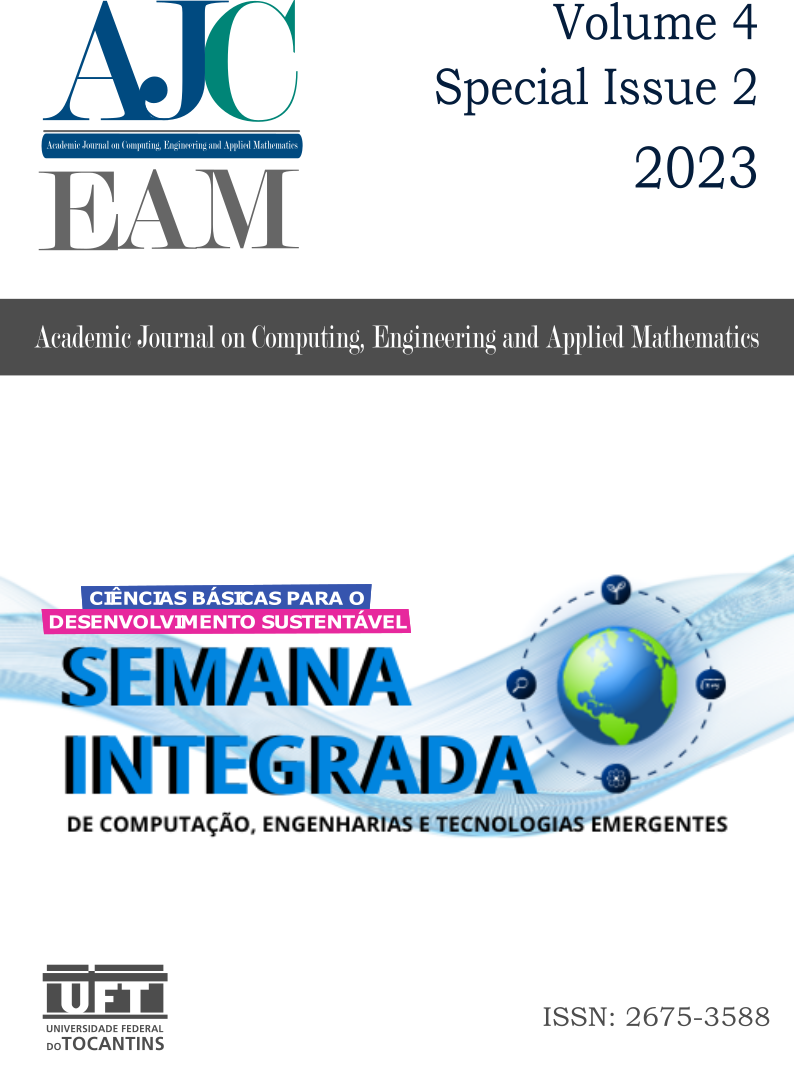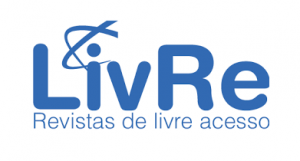Explore Electrical Insights: Evaluation of the Tektronix THS3024 Handheld Oscilloscope for Engine Analysis
DOI:
https://doi.org/10.20873/uft.2675-3588.2023.v4n2.p53-58Palavras-chave:
Tektronix THS3024, Oscilloscope, Electrical Measurement, Electrical Analysis, Handheld Device, Performance EvaluationResumo
The Tektronix THS3024 handheld oscilloscope is explored in this study by examining its efficiency in electrical measurements.
In this study, the potential of the instrument is used to evaluate its performance in both unloaded and loaded engines. The THS3024 is
equipped with 8 channels and allows the measurement of current and voltage. For this work, 6 channels were enabled due to the delta
configuration of the engine, providing 3 voltage channels and 3 current channels. Using a 60 volt supply, the channels were configured
to measure voltage and current parameters with appropriate attenuations. Through rigorous analysis, this study examines the behavior of the engine at startup and steady state, both with and without load. The plots showing the current waveforms during startup and steady state with and without load highlight the ability of the device to automatically adjust its scale to capture even subtle variations. The study acknowledges that while intrinsic factors have hindered the analysis of harmonics, the THS3024 still provides the ability to display harmonic spectra. By examining the voltage and current response during engine startup, this study demonstrates the value of the THS3024 in capturing essential transient characteristics and precise parameter changes. The negligible differences between loaded and unloaded engines underscore the reliability of the instrument in evaluating electrical behavior. This study thus demonstrates the potential of the THS3024 for precise electrical measurements and promotes its applicability in electrical engineering research.
Downloads
Publicado
Como Citar
Licença
Copyright (c) 2023 João Pedro Ferraz Mourão Maya Barbosa, Gabriel Gonçalves Pereira, Emanuella Carvalho Almeida, Wesley Mota dos Reis, Jadiel Caparrós da Silva

Este trabalho está licenciado sob uma licença Creative Commons Attribution-NonCommercial 4.0 International License.
Autores que publicam neste periódico concordam com os seguintes termos:
- Autores mantém os direitos autorais e concedem ao periódico o direito de primeira publicação, com o trabalho simultaneamente licenciado sob a Creative Commons Attribution License (CC BY-NC 4.0), permitindo o compartilhamento do trabalho com reconhecimento da autoria do trabalho e publicação inicial neste periódico;
- Autores têm autorização para assumir contratos adicionais separadamente, para distribuição não-exclusiva da versão do trabalho publicada neste periódico (ex.: publicar em repositório institucional ou como capítulo de livro), com reconhecimento de autoria e publicação inicial neste periódico;
- Autores têm permissão e são estimulados a publicar e distribuir seu trabalho online (ex.: em repositórios institucionais ou na sua página pessoal) a qualquer ponto posterior ao processo editorial;
- Além disso, o AUTOR é informado e consente com o periódico que, portanto, seu artigo pode ser incorporado pela Academic Journal on Computing, Engineering and Applied Mathematics em bases e sistemas de informação científica existentes (indexadores e bancos de dados atuais) ou a existir no futuro (indexadores e bancos de dados futuros), nas condições definidas por este último em todos os momentos, que envolverá, pelo menos, a possibilidade de que os titulares desses bancos de dados possam executar as seguintes ações sobre o artigo:
- Reproduzir, transmitir e distribuir o artigo, no todo ou em parte sob qualquer forma ou meio de transmissão eletrônica existente ou desenvolvida no futuro, incluindo a transmissão eletrônica para fins de pesquisa, visualização e impressão;
- Reproduzir e distribuir, no todo ou em parte, o artigo na impressão;
- Traduzir certas partes do artigo;
- Extrair figuras, tabelas, ilustrações e outros objetos gráficos e capturar metadados, legendas e artigo relacionado para fins de pesquisa, visualização e impressão;
- Transmissão, distribuição e reprodução por agentes ou autorizada pelos proprietários de distribuidoras de bases de dados;
- A preparação de citações bibliográficas, sumários e índices e referências de captura relacionados de partes selecionadas do artigo;
- Digitalizar e / ou armazenar imagens e texto de artigo eletrônico.



